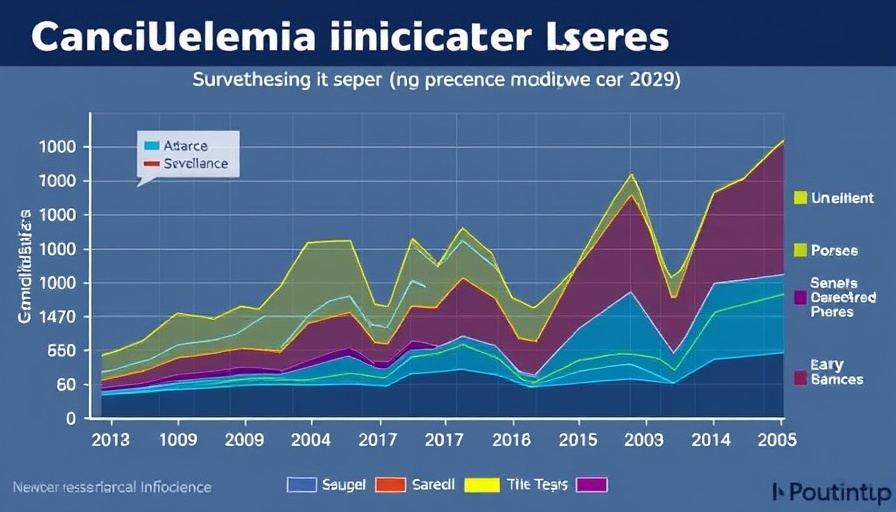
Understanding the Links Between Economic Hardship and Health
Recent findings from the Behavioral Risk Factor Surveillance System (BRFSS) shed light on a pressing issue: the intersection of economic hardship and health status across various sociodemographic and occupational groups in the United States. How does one's financial stability influence their health? The data from 2022-2023 reveals alarming trends that the country must pay attention to.
The Reality of Economic Hardship
Economic hardship isn't a mere statistic; it dramatically impacts people’s daily lives. Individuals facing economic struggles often encounter obstacles to accessing healthcare, which can lead to worsening health conditions. The prevalence of chronic issues such as diabetes, obesity, and mental health disorders is notably higher in those with low income or unstable jobs, according to the BRFSS data.
Health Disparities Among Occupational Groups
Certain occupations expose workers to varying levels of economic risk and subsequently, health outcomes. For instance, essential workers in low-wage industries often lack health benefits and face increased exposure to workplace hazards. This disparity begs the question—what support systems or resources can be developed to address these inequities and promote overall well-being?
Engaging in Dialogue for Change
To confront these issues head-on, communities must engage in discussions about economic policies and their direct impact on health. Public health officials, social workers, and community leaders have the opportunity to advocate for systemic changes that would enhance healthcare access for economically disadvantaged groups. Understanding the connection between economic hardship and health can spur actionable initiatives and lead to healthier communities.
 Add Row
Add Row  Add
Add 
Write A Comment